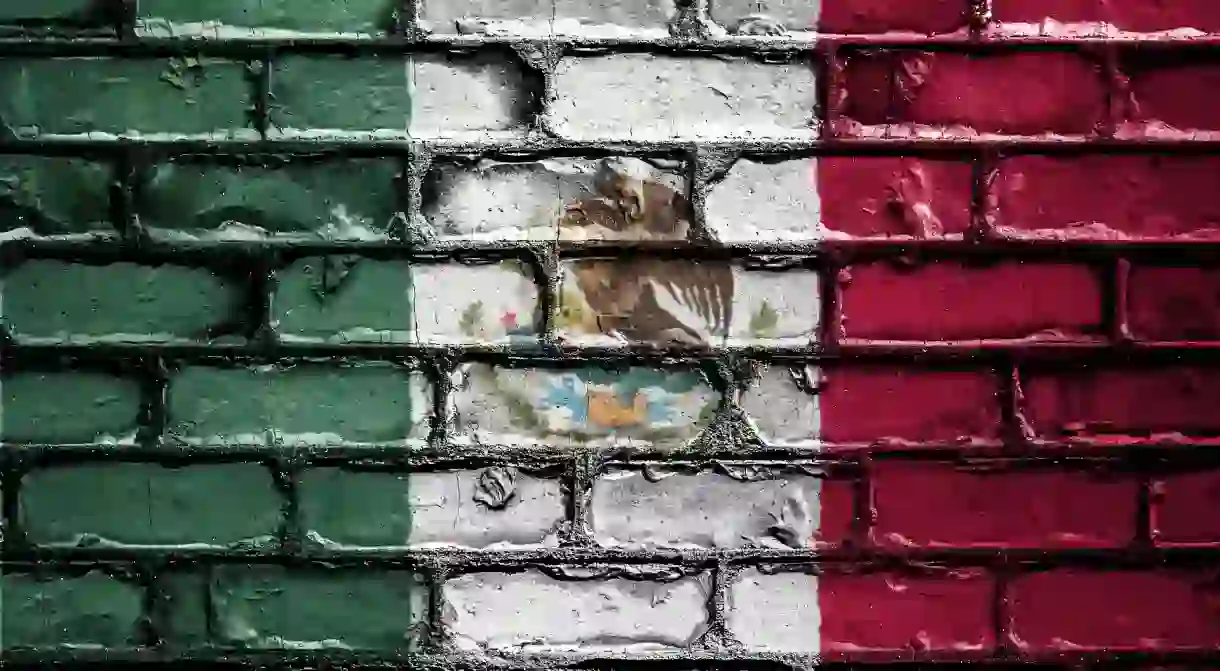A Region by Region Guide to Mexico's Diverse Cultures

The great British novelist Malcom Lowry described Mexico as “the meeting place, according to some, of mankind itself.” Since the arrival of the Spanish in 1517, the country has been defined by its extraordinary cultural diversity. People of indigenous, European or mestizo (mixed) origin are found throughout Mexico. Waves of immigrants from France, China and Lebanon, among others, were also added to this melting pot. With that in mind, here’s a region-by-region guide to Mexico’s extraordinary diversity.
El Norte
In Mexico, nine states are often grouped together under the informal title el norte (the North). The states typically listed in this group are Baja California, Baja California Sur, Chihuahua, Coahuila, Durango, Nuevo León, Sinaloa, Sonora and Tamaulipas.
Six of these share a border with the United States, so the commercial and cultural influence of the northern neighbour is marked. The North also exerts a strong influence on the United States, especially because in the early 19th century, Mexico owned all of Texas, New Mexico, Arizona, Utah, California and Nevada, as well as large parts of Colorado, Wyoming, Oklahoma, and Kansas.
Although the northern states are typically associated with mestizo people, there are small but fascinating indigenous groups such as the Yumano tribes of Baja California, who maintain a shamanistic, desert culture.

Central North
The Central Northern Region of Mexico is defined by its colonial past and is widely regarded as having the highest living standards in the country. The region contains the states of Aguascalientes, Colima, Guanajuato, Jalisco, Michoacán, Nayarit, Querétaro, San Luis Potosí, and Zacatecas.
The mix of cultures in the region is extremely diverse but the influence of colonialism and European immigration provides a common thread.
Scattered throughout the region are former silver mining towns blessed with elegant architecture and fascinating cultural sights: Guanajuato, Zacatecas and San Luis Potosi to name just a few.
The Central North is also home to a number of indigenous groups, including around 43,000 Huichol people, who are famed for their colourful artwork and ritual use of peyote.

Central Mexico
The center of the country was once home to the beautiful Aztec capital of Tenochtitlan and is now culturally dominated by the heaving metropolis of Mexico City, as well as the colonial city of Puebla. Six states and the Federal District are typically regarded as Central Mexico: Hidalgo, Mexico State, Mexico City, Morelos, Puebla, Tlaxcala and Veracruz.
The capital has long been an immigrant destination for Mexicans from the south, but it really is a melting pot of different cultures, with pockets of Arab, Jewish and Asian communities, among others.
The surrounding State of Mexico contains small towns such as Malinalco and Tepoztlán, which retain a strongly indigenous feel.
The Caribbean coastal state of Veracruz is heavily influenced by Cuban culture, which is reflected in the region’s traditional song and dances.

The South
Historically the poorest region in the country, the southern states are home to many of its indigenous people. The South consists of the states of Campeche, Chiapas, Guerrero, Oaxaca, Quintana Roo, Tabasco, Veracruz and the Yucatán. The southern states are also the most linguistically diverse in the country, with hundreds of indigenous languages still spoken here.
The state of Oaxaca is famed for its vibrant and colourful cuisine. Chiapas, the southernmost state, attracted international attention in 1994 when the Zapatista army took up arms against the government. Since then, the movement has established several autonomous Zapatista communities in the region.
The Costa Chica region of Guerrero state in Mexico is noted for its population of Afro-Mexicans, descendants of African slaves who were brought to the region in the 16th century.














